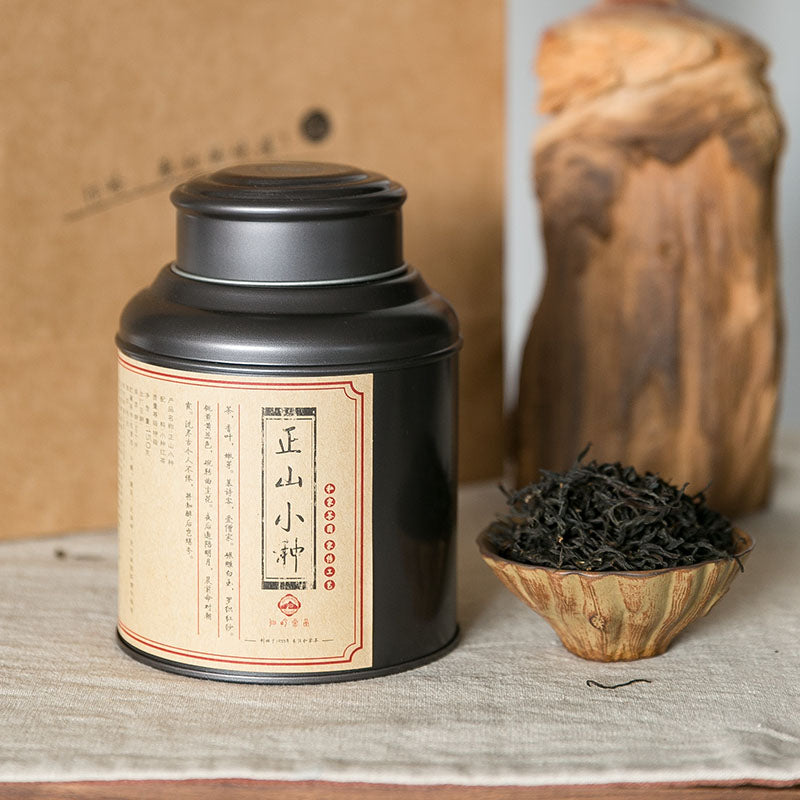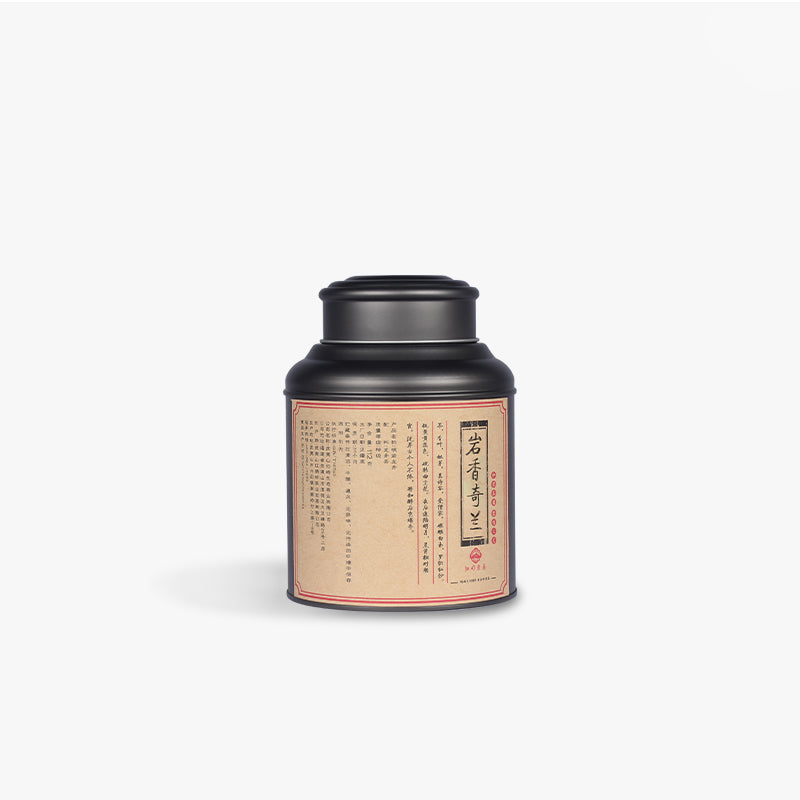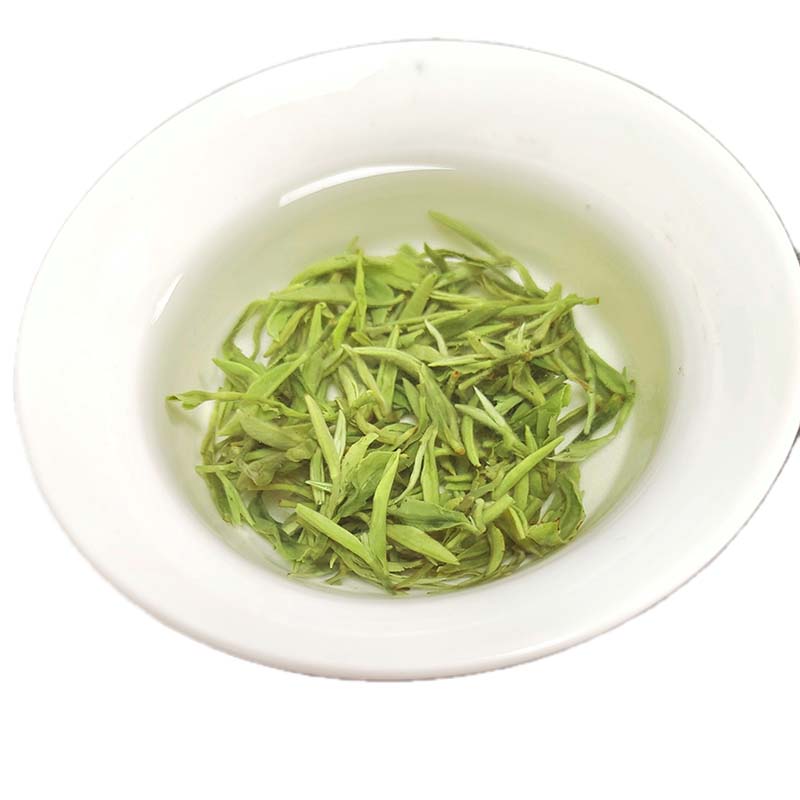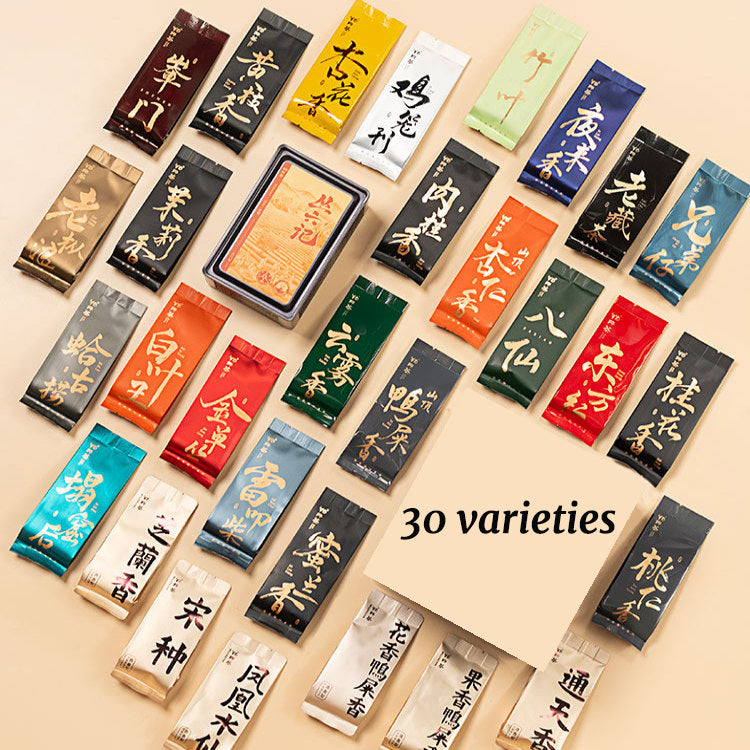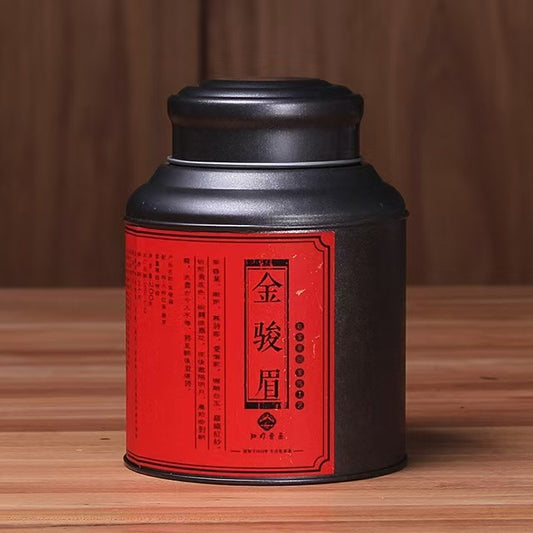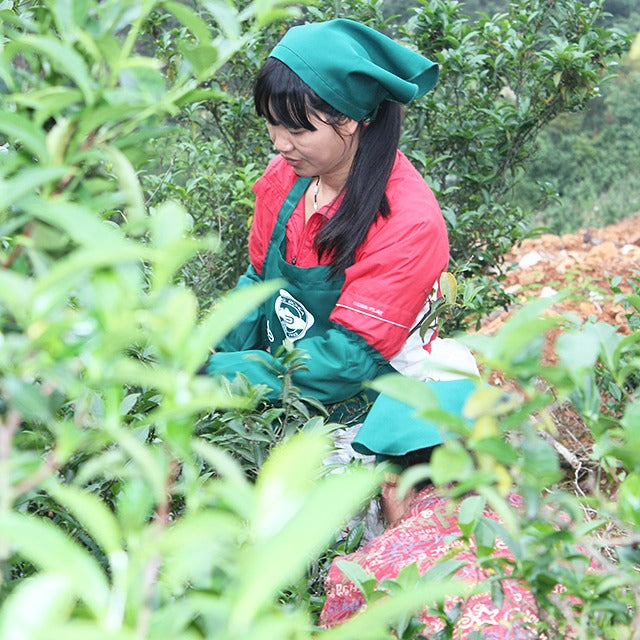Exploring the Delicate World of Green Pu-erh
Exploring the Delicate World of Green Pu-erh
Green Pu-erh, often referred to as sheng pu-erh, opens a gateway to the fascinating world of aged tea, where time itself is an ingredient. Unlike its darker counterpart, ripe pu-erh, green pu-erh retains a freshness that evolves gracefully over years, much like a fine wine. This unoxidized tea begins its journey in the verdant hills of Yunnan, China, where the sunlit leaves of the Camellia sinensis var. assamica are expertly plucked and prepared. Intriguingly, each batch tells a story — one that speaks of the earth, the climate, and the hands that crafted it.
For those unfamiliar with it, green pu-erh might present a kaleidoscope of flavors quite different from what you might expect based on the vibrant green teas of Japan or the everyday familiarity of black tea. When young, a cup of sheng pu-erh can be lively, with a brisk floral sharpness and a hint of astringency reminiscent of a lightly wooded trail after rain. But as it ages, it begins to soften, offering an experience that is smoother and more nuanced. Seasoned tea enthusiasts often find immense joy in collecting and aging green pu-erh, relishing the subtle transformations it undergoes over years or even decades.
Traditionally, green pu-erh is pressed into cakes, bricks, or tuochas, which not only makes it more convenient for storage but also enhances its aging properties. The ritual of brewing sheng pu-erh is as much an art as it is a science, where each infusion can reveal a new facet of its character. A gaiwan, with its modest but effective design, is often the chosen vessel, allowing for controlled brewing that unveils the many layers of this complex tea. Rinsing the leaves momentarily is a practice that not only awakens the tea but also pays homage to the long-held customs of its region.
Aging sheng pu-erh at home might sound a bit daunting, but it's a journey that rewards patience. It does demand a careful balance: not too dry, not too damp, creating an environment where the tea can breathe and mature naturally. For those who appreciate the journey of taste and time, there's a certain meditative joy in watching how a single cake of sheng pu-erh evolves, tasting its transformation year after year.
When comparing green pu-erh to other teas, it stands apart in this temporal dance of flavors. Unlike a fresh, citrusy green tea like a Japanese sencha or the rich malty notes of a classic Assam, sheng pu-erh invites you to think of tea as an evolving story, one you can experience again and again, each time with a fresh perspective. It embodies a unique intersection of nature and nurture — a balance that discerning tea lovers come to cherish deeply.
There’s a quiet thrill in sipping green pu-erh, the kind one gets when tasting a well-aged spirit or a vintage wine. While its complexity may be daunting for some, for others it becomes a lifelong exploration. As with all fine teas, the true magic lies in the patient unfolding — a rewarding reminder that good things do indeed come to those who wait.

